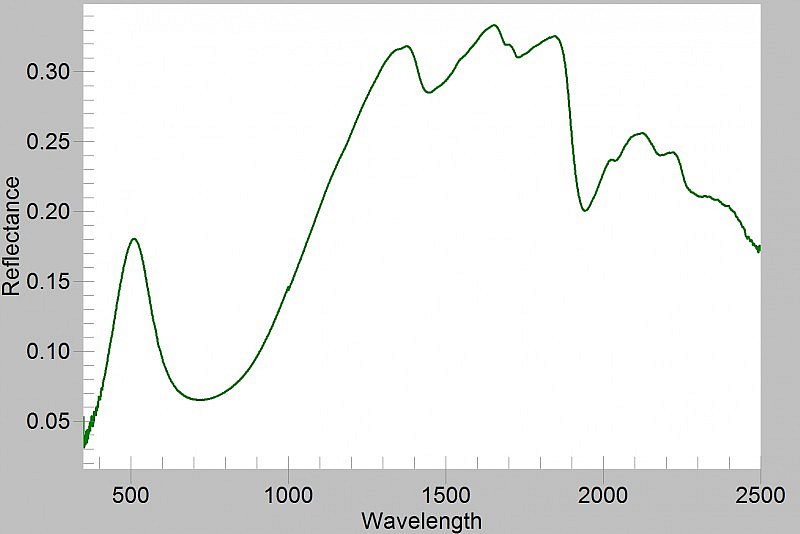The Psalter-Hours of Isabelle of France
Differences in palette
Artists' Materials
Despite the overall homogeneity of the palette, a few differences are apparent between the pigments favoured by different artists. Notably, Hand A did not use vermilion, which other artists mixed in some of the ‘rusty’ red draperies and which Hand B also used to paint red highlights on the cheeks of his figures. Hand B used ultramarine for shading white areas, while Hand C shaded them with indigo. Hand D used a mixture of ultramarine, organic red and lead white, shaded with indigo, to obtain a purple-grey colour which sets him apart from his colleagues.
1
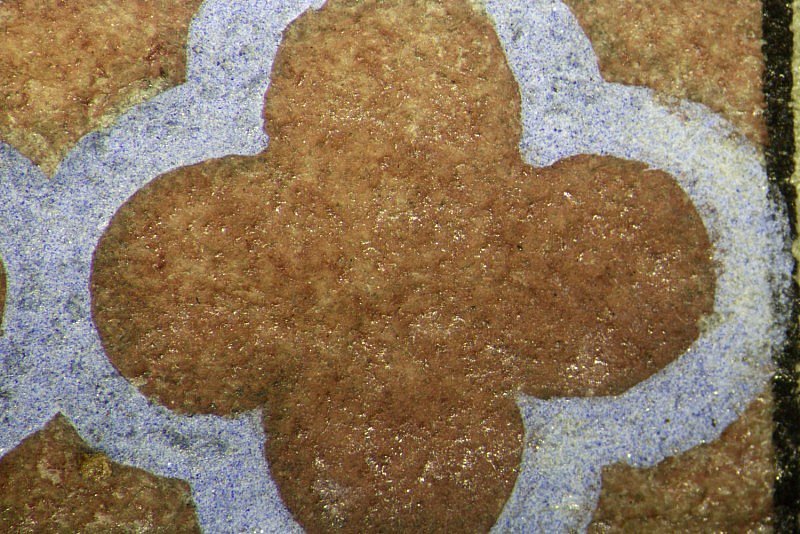
Detail of the red quadrilobe under magnification (16x). XRF analysis (below) allows the identification of gypsum (Ca, S) and an organic colourant (P, Al, K). The high amount of phosphorous may indicate that the dye was extracted from insects.
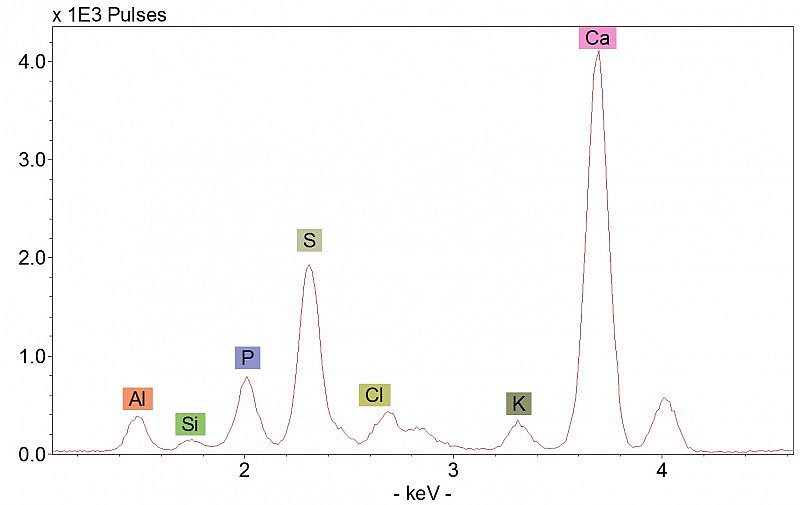
2
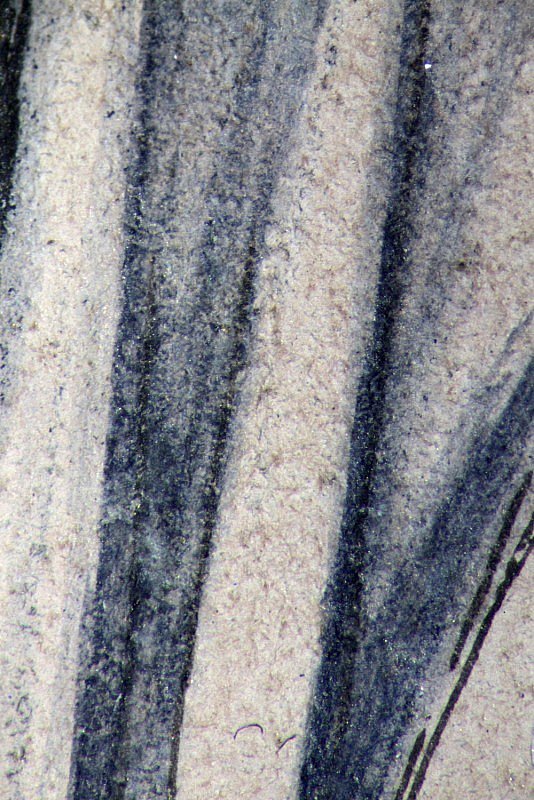
Detail of the folds in the tan-coloured robe under magnification (20x). The dark blue colour of the folds was obtained with indigo.
3
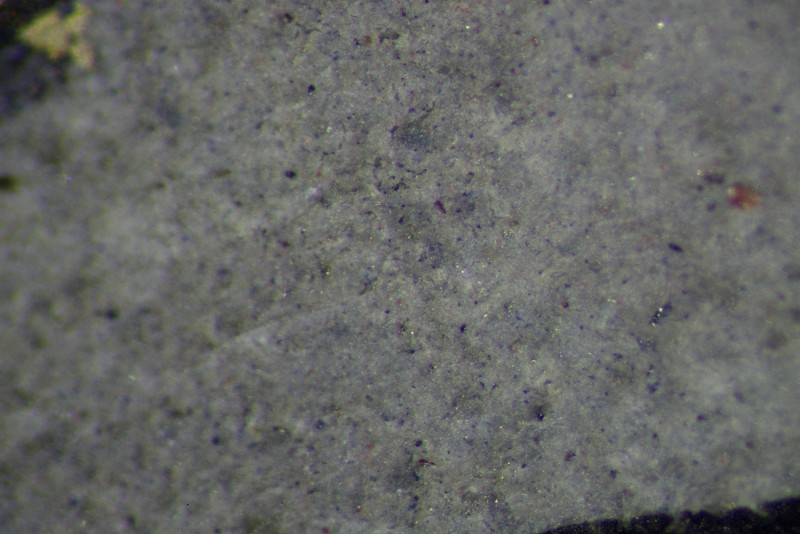
Detail of the brown hat under magnification (60), showing blue, orange and translucent red particles in a white matrix. FORS and XRF analyses identified the components of this complex mixture as indigo, red lead, an organic red and possibly lead white.
4
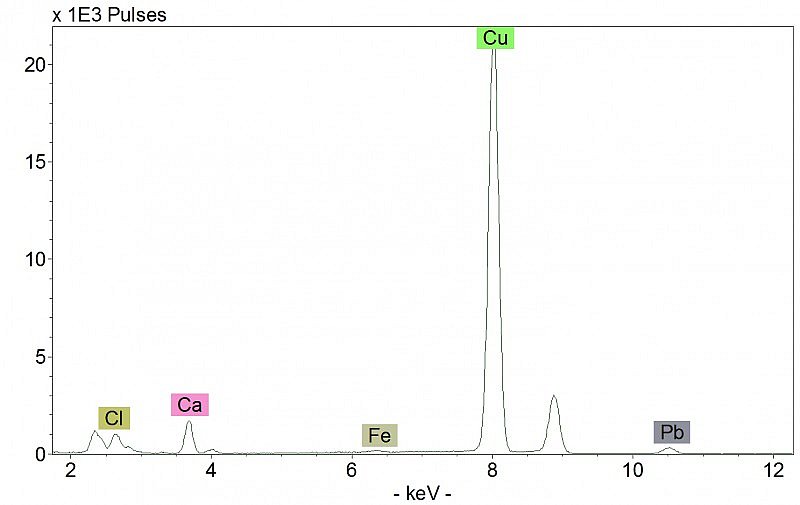
The XRF spectrum (above) of the green wall reveals the presence of a copper-based pigment, which also contains chlorine (Cl). The shape of the reflectance spectrum (below) allows the identification of verdigris, a pigment with variable composition which in this case includes copper chlorides.
